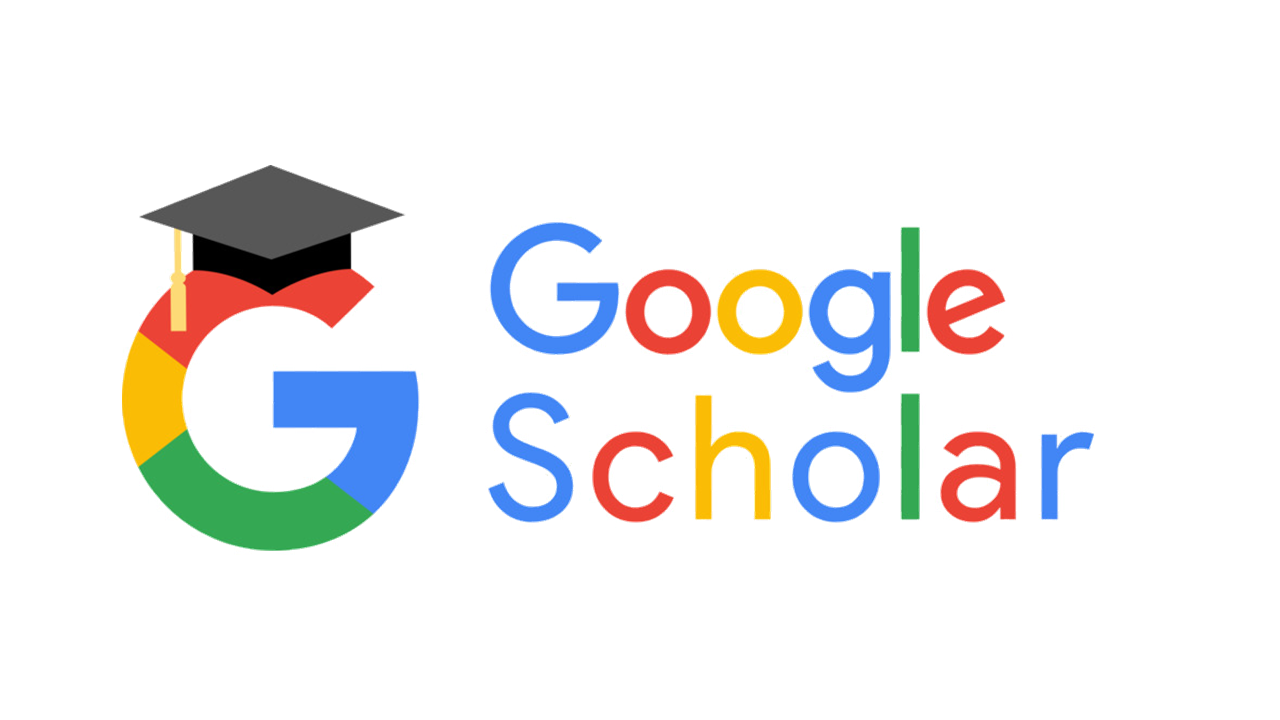SINTESIS & KARAKTERISASI NANO KALSIUM DARI LIMBAH TULANG AYAM BROILER DENGAN METODE PRESIPITASI
DOI:
https://doi.org/10.32493/jitk.v3i2.3544Keywords:
Dekolagenasi, Nano kalsium, Tulang ayam, ICP EOS-AAS, SEMAbstract
Di Indonesia tingkat konsumsi ayam broiler sangat tinggi dan limbah tulang ayam yang dihasilkan tidak dimanfaatkan, kandungan kalsium pada tulang ayam sekitar 69% dalam bentuk kalsium fosfat dan dapat dimanfaatkan sebagai Nano kalsium sehingga terabsorbsi dengan sempurna. Penelitian ini bertujuan untuk memanfaatkan limbah tulang ayam sebagai sumber kalsium. Tahapan dari penelitian ini dimulai dari tahap preparasi sampel tulang ayam dibersihkan dan dikeringkan dibawah sinar matahari selama 3 hari. Proses dekolagenasi dengan larutan KOH 4% selama 48 jam untuk menghilangkan kolagen, selanjutnya dihancurkan menjadi tepung dan diuji kadar logamnya dengan ICP EOS-AAS. Pada tahap Presipitasi, sampel diekstraksi dengan larutan HCl 1N selama 1, 1,5 dan 2 jam pada suhu 90oC. Larutan ekstraksi difiltrasi dan dipresipitasi dengan NaOH 3N untuk mendapatkan endapan. Endapan didekantasi dan dinetralisasi dengan aquadest untuk mendapatkan endapan. Endapan tersebut dikeringkan dengan oven dan di abukan pada suhu 600oC selama 2 jam untuk mendapatkan serbuk kalsium. Dari penelitian ini diperoleh hasil terbaik pada ekstraksi 2 jam dengan rendemen sebesar 14.97%. Hasil pengukuran dengan alat SEM pada perbesaran 10,000x menunjukkan ukuran partikel sebesar 200-1000nm yang mengindikasikan serbuk sudah menjadi nano. Dari karakterisasi tersebut terlihat bahwa tulang ayam memiliki potensi sebagai sumber kalsium dengan ukuran nano pada waktu ekstraksi 2 jam.Downloads
Published
How to Cite
Issue
Section
License
Authors who publish with this journal agree to the following terms:
1. Authors retain copyright and grant the journal right of first publication with the work simultaneously licensed under creativecommons.org/licenses/by-sa/4.0 that allows others to share the work with an acknowledgement of the work's authorship and initial publication in this journal.
2. Authors are able to enter into separate, additional contractual arrangements for the non-exclusive distribution of the journal's published version of the work (e.g., post it to an institutional repository or publish it in a book), with an acknowledgement of its initial publication in this journal.
Authors are permitted and encouraged to post their work online (e.g., in institutional repositories or on their website) prior to and during the submission process, as it can lead to productive exchanges, as well as earlier and greater citation of published work (See The Effect of Open Access).
Jurnal Ilmiah Teknik Kimia have CC-BY-SA or an equivalent license as the optimal license for the publication, distribution, use, and reuse of scholarly work.
In developing strategy and setting priorities, Jurnal Ilmiah Teknik Kimia recognize that free access is better than priced access, libre access is better than free access, and libre under CC-BY-SA or the equivalent is better than libre under more restrictive open licenses. We should achieve what we can when we can. We should not delay achieving free in order to achieve libre, and we should not stop with free when we can achieve libre.
Jurnal Ilmiah Teknik Kimia is licensed under a Creative Commons Attribution 4.0 International License
YOU ARE FREE TO:
- Share — copy and redistribute the material in any medium or format
- Adapt — remix, transform, and build upon the material for any purpose, even commercially.
- The licensor cannot revoke these freedoms as long as you follow the license terms.






